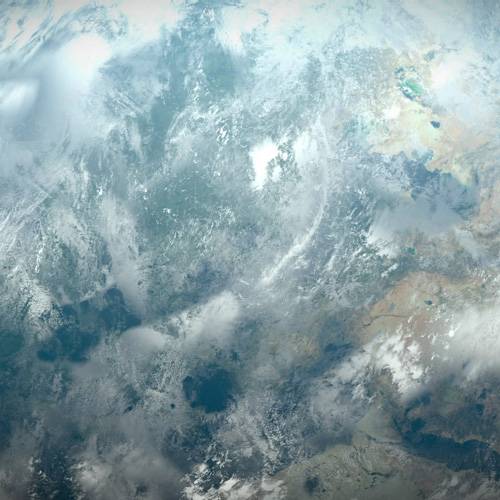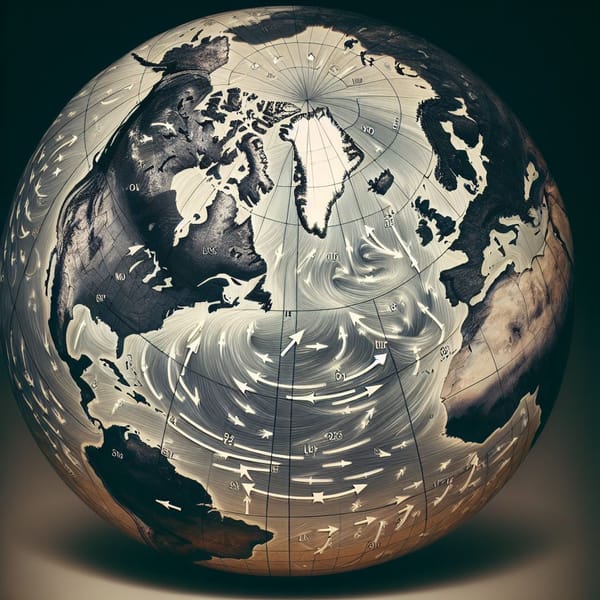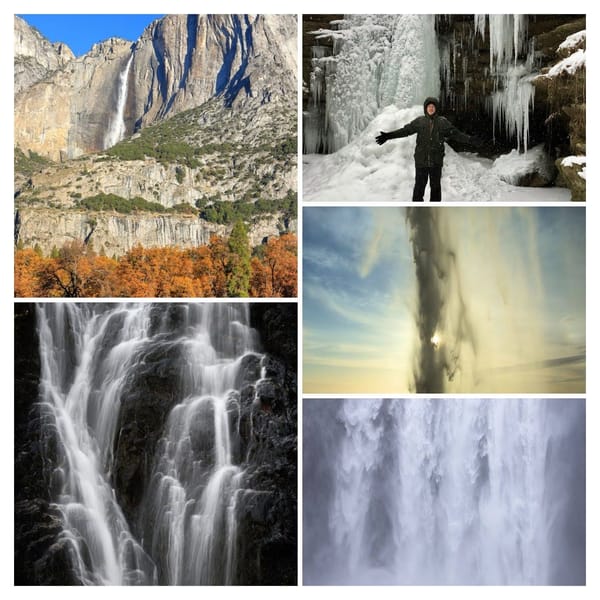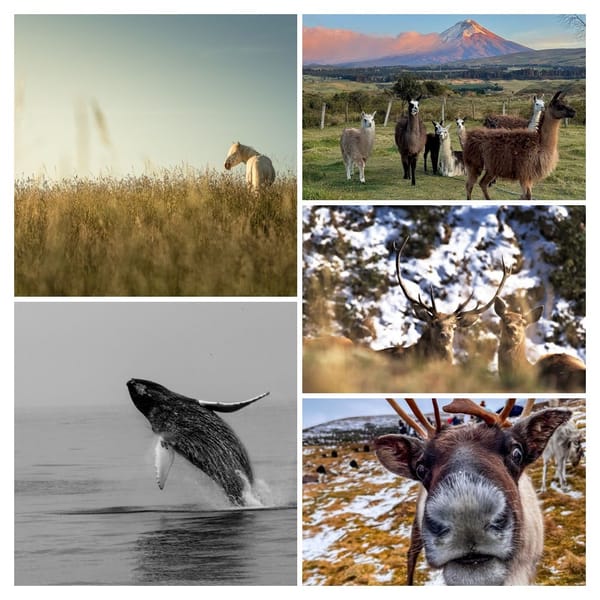The Layers of the Atmosphere
All of our weather is experienced in the troposphere, the lowest layer of the atmosphere. Above that sits the quiescent stratosphere and the tenuous mesosphere.

A mountain climber will know that the air becomes colder the higher you ascend, by about one degree centigrade every 150 metres. Since sunlight is absorbed by the ground, the ground becomes warmer. In the overturning troposphere, energy is transmitted upward by the reradiation of heat and the rise of warm, moist air.
The rising air causes much of our weather, with clouds regularly reaching 15 kilometres in the tropics.
All of our weather is experienced in the troposphere, the lowest layer of the atmosphere. Above that sits the quiescent stratosphere and the tenuous mesosphere.
But what happens if we climb higher? The air can’t just keep getting colder. The air starts to warm once more as we ascend further, and the density of the air dwindles to about one-tenth of what it was at the surface. Finally, we have reached the stratosphere.
The ozone layer warms the atmosphere by absorbing ultraviolet light from the sun. As warmer air is now sitting atop cooler air, everything is stable. Here, there is no weather.
As the ozone thins, temperatures begin to drop again: we have reached the mesosphere. Here, the air is 10,000 times thinner than at the surface and is once again turbulent. As the weather warms during the summer, ripples travel up from distant weather systems below, creating winds that pull the air upwards. This creates the coldest point in the atmosphere, more than 100 degrees below zero.
Other planets have tropospheres and stratospheres, and the boundary between them is often about the same pressure as Earth’s. However, in Jupiter’s atmosphere, the heating balance is different because much of the energy comes from a mysterious source deep in the atmosphere beyond observation.





